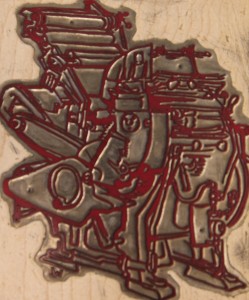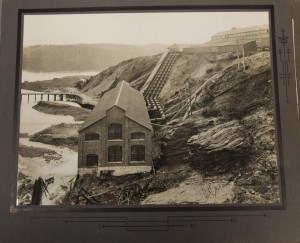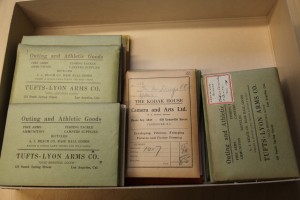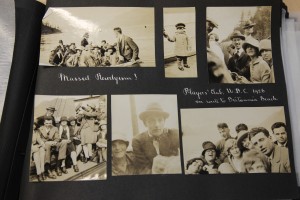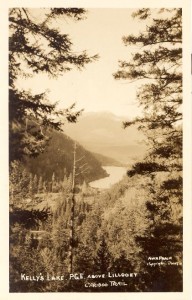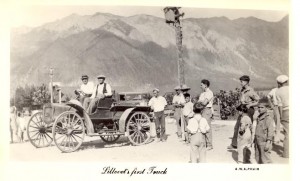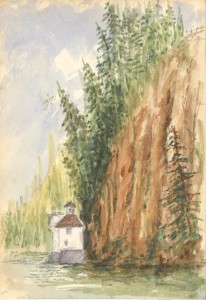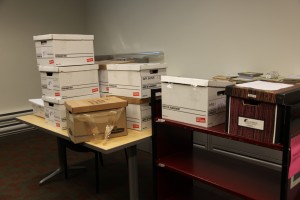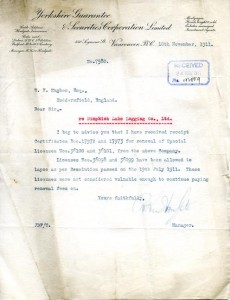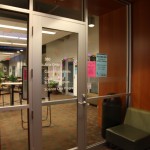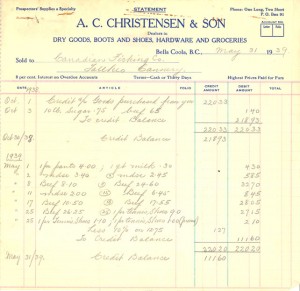We’re thrilled to announce that Rare Books and Special Collections is now the home of the archives of Heavenly Monkey letterpress and binding studio. We have been long-time collectors of the output of Heavenly Monkey (search the library catalogue) and now you can use the archives to understand these beautiful publications from start to finish.
Heavenly Monkey is the imprint of publisher Rollin Milroy, and grew from his first press called A Lone Press in 1999. Heavenly Monkey is dedicated to the use of techniques and materials traditional to the fine book arts- handmade paper, letterpress printing and fine bindings. Its catalogue is eclectic; according to Milroy, he prints things he think he would appreciate having on his own book shelf. Heavenly Monkey has collaborated with an impressive group of authors, designers bookbinders and publishers, including Robert Reid, Jim Rimmer, Barbara Hodgson and Claudia Cohen.
The archives contain everything you would want to see to understand a Heavenly Monkey book from start to finish, from setting copies, layout schematics, dummies, impressions, printing blocks and plates and correspondence with collaborators. The collection was catalogued by one of our student archivists, who described the process as being “like Christmas-” every little package contained something new and wonderful to explore.
Stay tuned- soon we will have available a copy of Heavenly Monkey’s most recent publication, The WunderCabinet, by Barbara Hodgson and Claudia Cohen. It is a truly remarkable collaboration.
To find out how Heavenly Monkey got its name, you’ll have to come to Rare Books and Special Collections to see the Heavenly Monkey’s 2002 Christmas card- box 2 file 3.
